The chart below is the most recent as the most recent data ends in 2007.
Click on the chart below to see an enlarged, clearer chart.
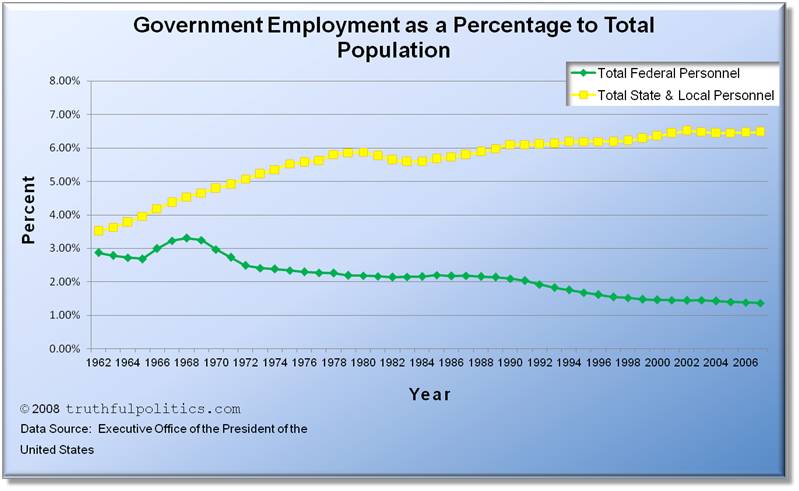
For further information, click on Budget of the United States Government: Main Page.
The chart below is the most recent as the most recent data ends in 2007.
Click on the chart below to see an enlarged, clearer chart.

For further information, click on Budget of the United States Government: Main Page.
David Nather of The Center for Public Integrity in October 2010 reported the following:
To read the entire report, click on Medicare: An Entitlement Out of Control.
James Sherk of The Heritage Foundation in July 2010 reported the following:
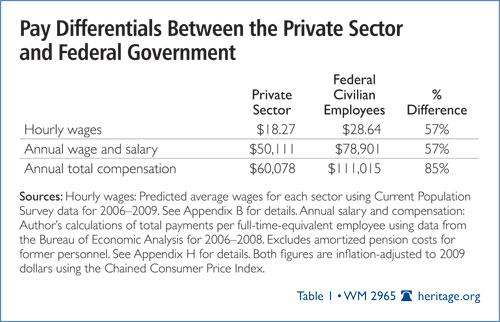
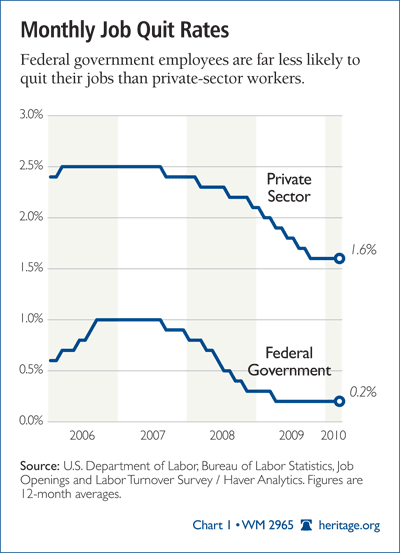
To read the entire report, click on Comparing Pay in the Federal Government and the Private Sector.
To read the entire article, click on For feds, more get 6-figure salaries.
Florida currently does not allow gays to adopt. It is the only state in the United States with such a law. On January 10, 2005, the Supreme Court refused to hear a case to challenge the Floridian law. To read the article in the Washington Post click on Gay-Adoption Ban In Florida to Stand.
According to the American Civil Liberties Union (ACLU) on October 2010, Florida Attorney General Bill McCollum will not appeal the September 22, 2010 ruling from the 3rd District Court of Appeal striking down the above law. Therefore, gay people will be able to adopt moving forward. To read the entire article, click on Florida Attorney General Won’t Challenge Ruling Striking Down Gay Adoption Prohibition.
The entire study may be read by clicking on Adoption and Foster Care by Gay and Lesbian Parents in the United States.
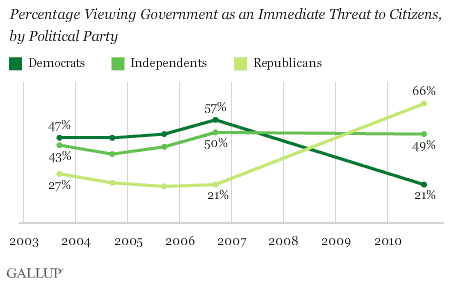
To read the articles discussing the above chart, click on Republicans, Democrats Shift on Whether Gov’t Is a Threat, or Graph of the Day, or The danger of the partisan mind.
The American Recovery and Reinvestment Act in 2009 was a $787 billion dollar package. John Solomon and Aaron Mehta of The Center for Public Integrity in October 2010 reported that “the Center collected a stack of letters a foot high detailing nearly 2,000 requests from lawmakers in both parties to secure funding from a law designed to stimulate the sagging economy. The Center obtained a total of more than 1,500 of these letters from just three departments: Transportation, Energy, and Commerce.” The practice of writing letters for projects is called lettermarking. “Jack Abramoff, since convicted on charges related to fraud and bribery, often arranged for lawmakers to send letters to agencies pressing for appropriation funds, then followed up with donations to the lawmakers who acquiesced.”
John Solomon and Aaron Mehta also reported the following:
To read the entire article, click on Stimulating Hypocrisy: Scores of Recovery Act Opponents Sought Money Out of Public View.
Marisol Bello in USAToday in November 2009 reported the following:
To read the entire article, click on ‘Wake-up call’: 1 in 6 went hungry in America in 2008.
According to the CDC, the Centers for Disease Control and Prevention, part of the Department of Health and Human Services, food “deserts are areas that lack access to affordable fruits, vegetables, whole grains, low-fat milk, and other foods that make up the full range of a healthy diet.” The USDA (United States Department of Agriculture) has a map, or atlas, depicting food choices and demographics of the U.S. by county. To access the map, click on Your Food Environment Atlas.
In addition, the U.S. Department of Agriculture published in 2009 a report on access to affordable and nutritious food:
Click on the chart below to see an enlarged, clearer chart.
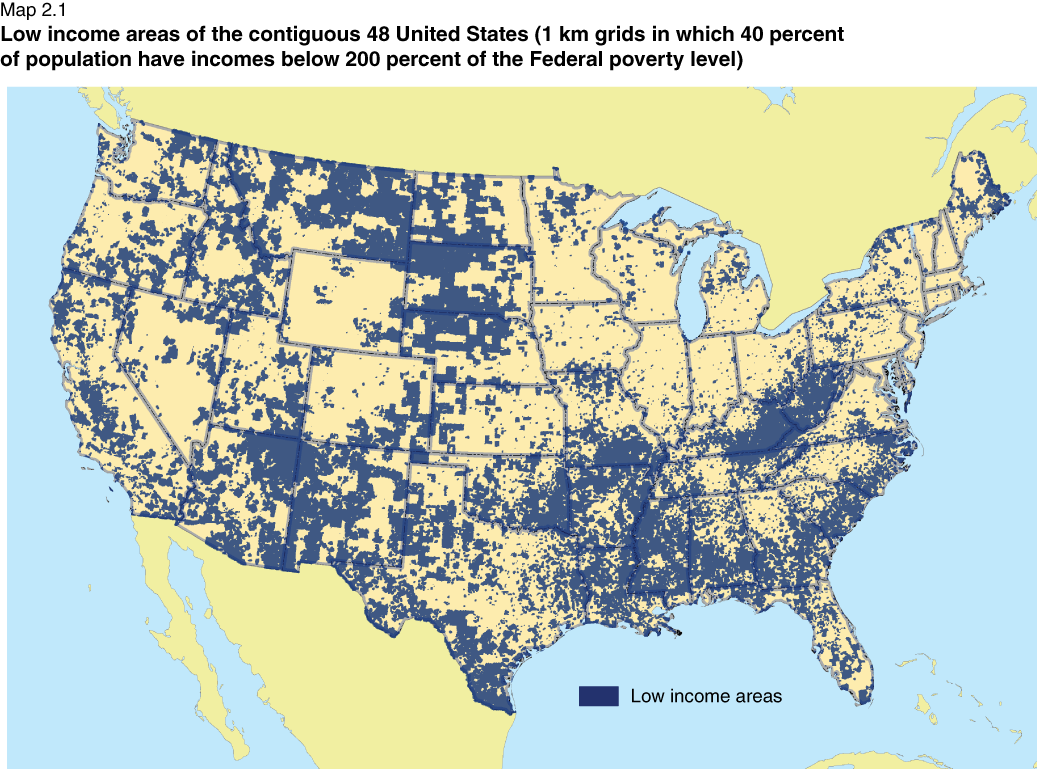
To read the entire report from the USDA, click on Access to Affordable and Nutritious Food—Measuring and Understanding Food Deserts and Their Consequences: Report to Congress. To read additional information on Food Deserts from the CDC, click on Food Deserts.
Luke Funk in My Fox New York in October 2010 reported the following:
To read the entire article, click on Audit: NJ Turnpike Wasted Millions On Perks.
Martin Fackler in The New York Times in October 2010 reported the following:
To read the entire article, click on The Great Deflation: Japan Goes From Dynamic to Disheartened.